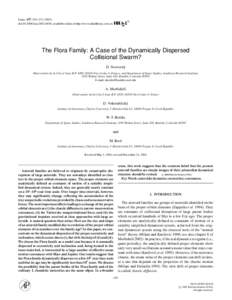 Date: 2005-06-21 14:13:48Astrology Asteroid family Orbital resonance Proper orbital elements Asteroid belt Kirkwood gap Flora family Orbit Asteroid Celestial mechanics Planetary science Astronomy | |  Icarus 157, 155–[removed]doi:[removed]icar[removed], available online at http://www.idealibrary.com on The Flora Family: A Case of the Dynamically Dispersed Collisional Swarm? D. Nesvorn´y Icarus 157, 155–[removed]doi:[removed]icar[removed], available online at http://www.idealibrary.com on The Flora Family: A Case of the Dynamically Dispersed Collisional Swarm? D. Nesvorn´y
Add to Reading ListSource URL: www.boulder.swri.eduDownload Document from Source Website File Size: 546,34 KBShare Document on Facebook
|

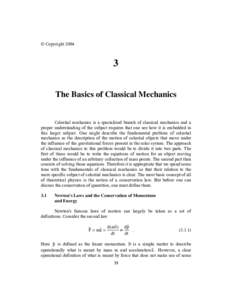
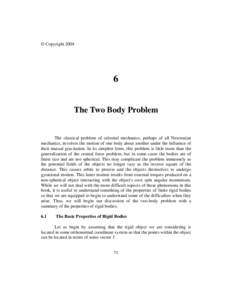
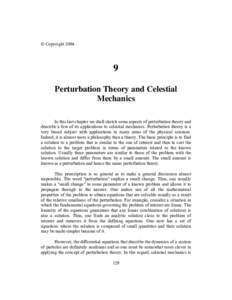
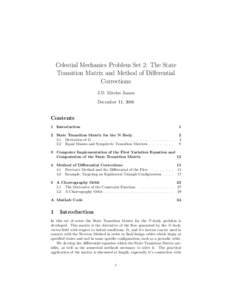
 Icarus 157, 155–[removed]doi:[removed]icar[removed], available online at http://www.idealibrary.com on The Flora Family: A Case of the Dynamically Dispersed Collisional Swarm? D. Nesvorn´y
Icarus 157, 155–[removed]doi:[removed]icar[removed], available online at http://www.idealibrary.com on The Flora Family: A Case of the Dynamically Dispersed Collisional Swarm? D. Nesvorn´y